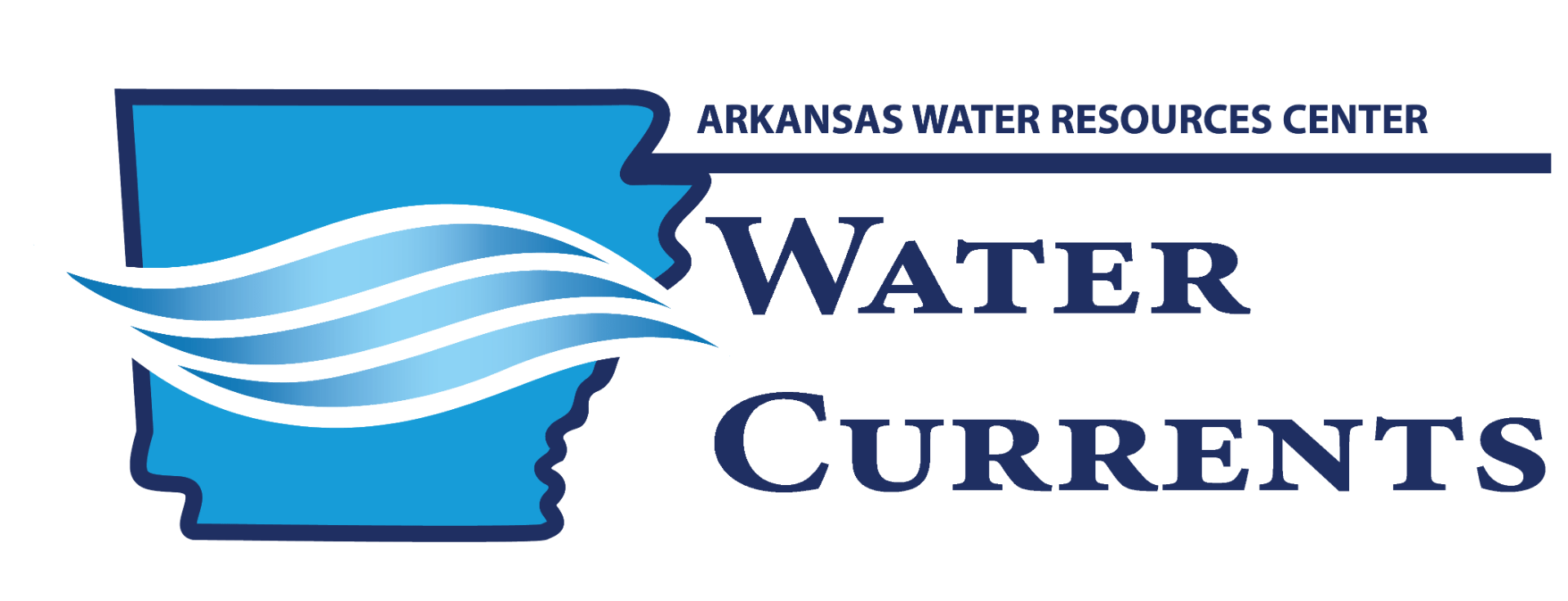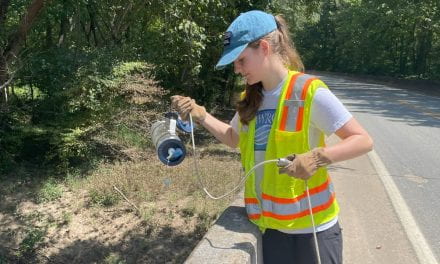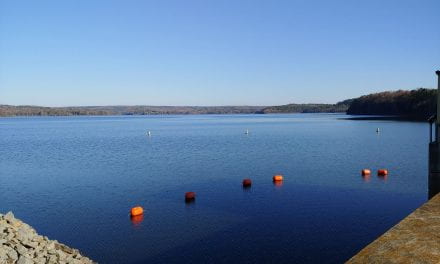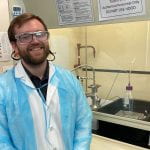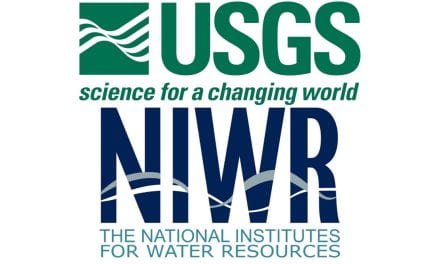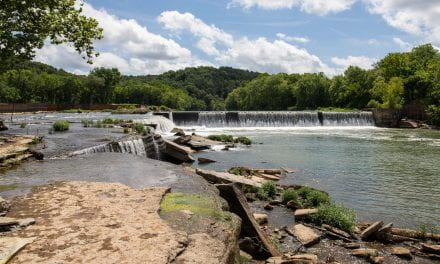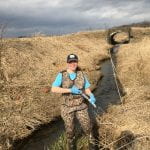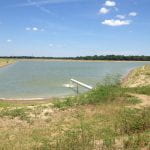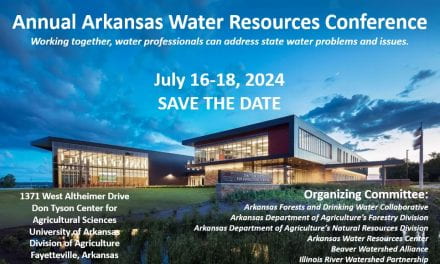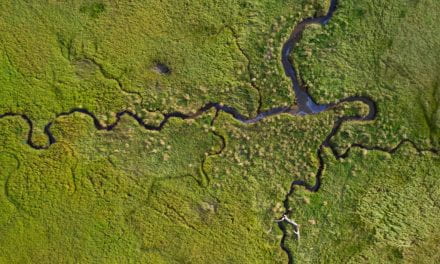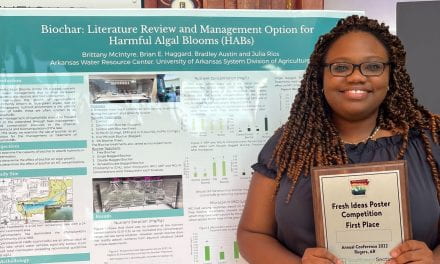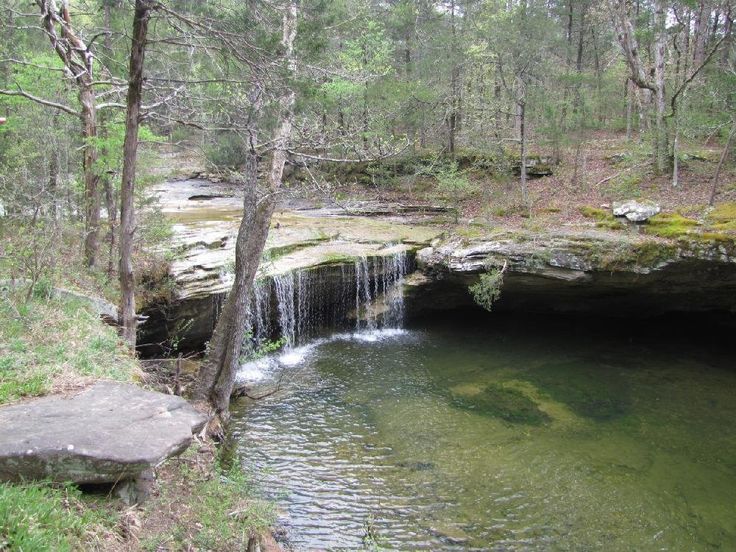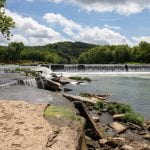
New Watershed Group to Develop Plan for Water Quality
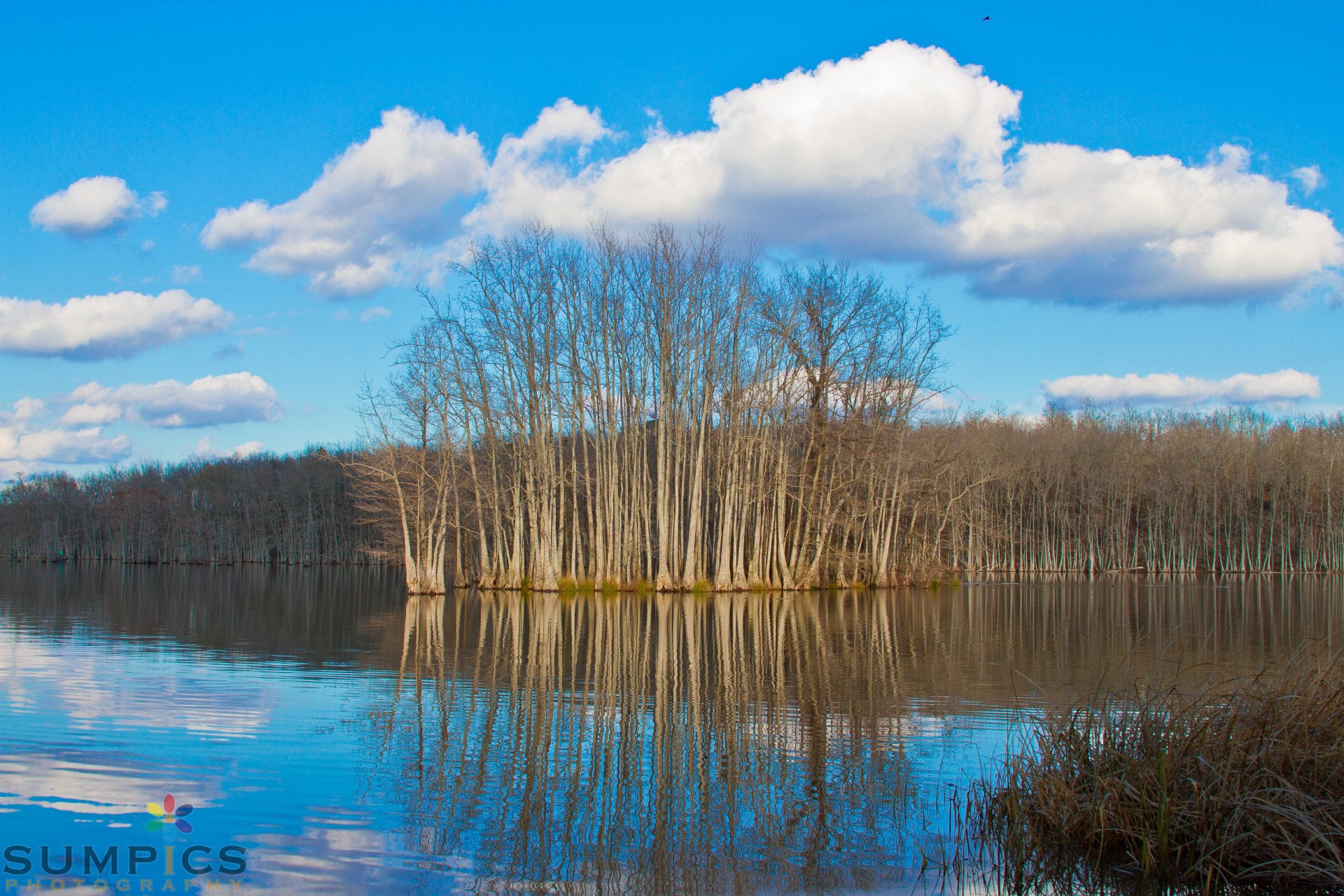
Access to clean water is something many of us take for granted. But, there’s a lot of effort and money that goes in to improving, and even just maintaining good water quality. One of the best ways to address water quality is through a watershed approach, by creating a management plan to address nonpoint source pollution.

Public stakeholder meeting for the Lake Conway Point Remove Watershed Alliance.
The Lake Conway Point Remove Watershed (LCPRW) Alliance received a $75,000 grant from the Arkansas Natural Resources Commission’s (ANRC) 319 Nonpoint Source (NPS) Pollution program to take an expanded look at water quality in their watershed. The goal of the project is to help the Alliance develop a “9-Element Watershed Management Plan”, or WMP.
Sally Entrekin, an Alliance board member and faculty researcher at the University of Central Arkansas, explains that the project will “help us get the data we need to complete the WMP. We’re excited to have the opportunity to make some big watershed improvements that will enhance water quality in central Arkansas. Plus, the grant will support student research assistants, which is always great for students and our community.”
What does a 9-Element Watershed Management Plan Do?
In simple terms, a WMP is a framework to help manage efforts to protect water resources and meet water quality standards, such as for drinking water or recreation.
A watershed is the area of land (and water) that drains to a single point, such as a larger river or lake. That means that everything that happens on the land can affect water quality in the river or lake.
A WMP can help identify areas where best management practices (BMPs) could have the greatest positive impacts on water quality.
The 9-Element Watershed Management Plan is the gold standard of management plans, outlined by the Environmental Protection Agency (EPA). So far, there are 9 completed 9-Element WMPs in Arkansas, and the Alliance is focused on developing theirs for the LCPRW.
Tony Ramick, ANRC’s manager of the NPS program, has worked with watershed groups in their efforts to develop WMP’s. “Watershed management plans need to be adaptive, since things in the watershed change so often. Plans should really be assessed and updated every few years or so,” Ramick says.
About the LCPRW and the Alliance’s 9-Element Plan
The LCPRW is considered a priority watershed in Arkansas, and also has many streams on the State’s 303 (d) list of impaired water bodies. This means it has some water quality problems that need to be addressed, especially for nutrients, sediments, and dissolved oxygen.
The watershed is about 1,140 square miles; to put this into some perspective, the Beaver Lake Watershed is about 1,200 square miles.
The LCPRW is a part of the Arkansas River Basin, which flows through Colorado, New Mexico, Kansas, Texas, Oklahoma, and Missouri before coming into Arkansas. That means that some of the water quality problems in the Arkansas River can actually be from another state entirely. However, there are a lot of headwater streams that begin in the watershed where the Alliance can help to improve water quality.
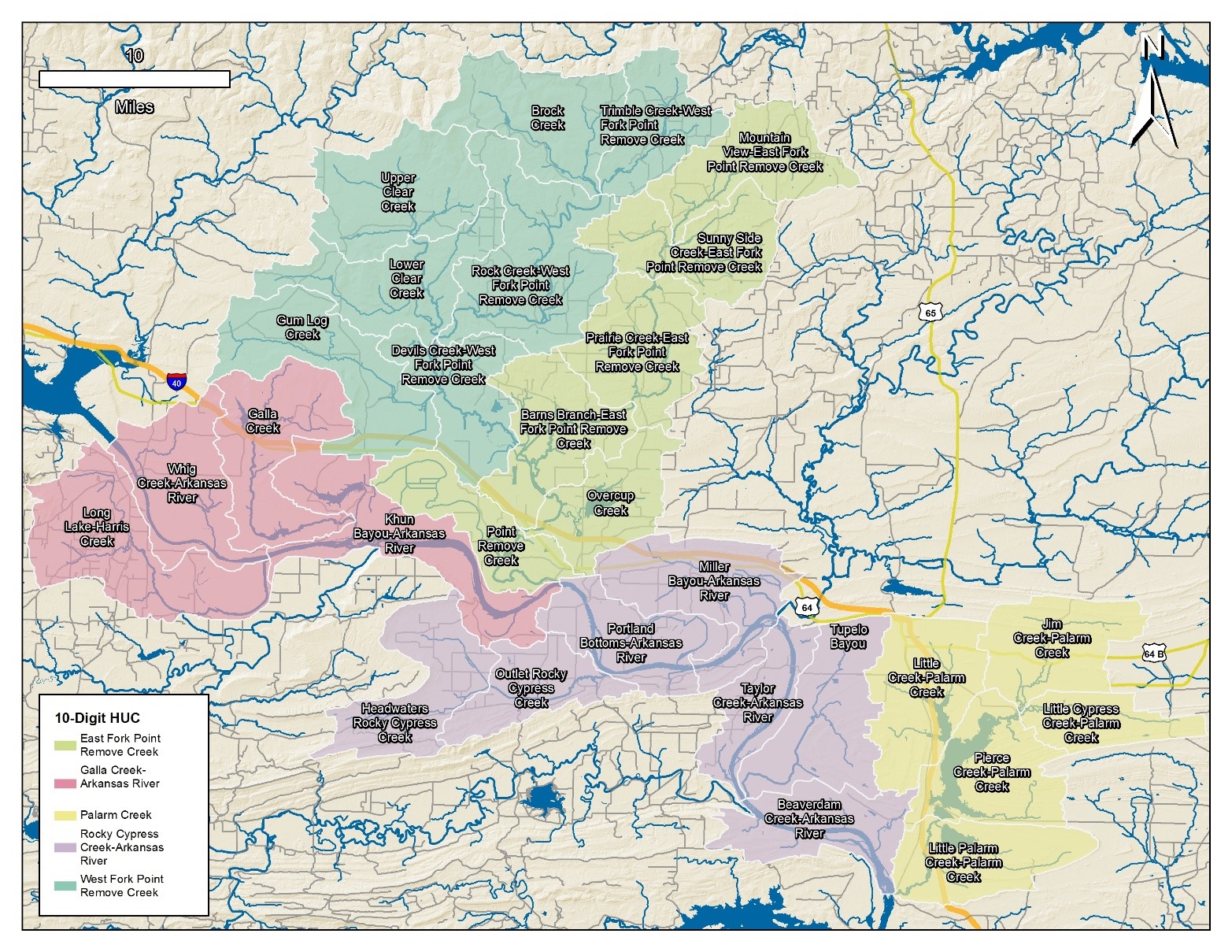
Map of the Lake Conway Point Remove Watershed with subwatersheds shown.
The main focus of the Alliance’s project is on the smaller streams that feed into the Arkansas River. A key element of any WMP is to know how much of a particular constituent is entering the waterway, termed the constituent load.
The Alliance will focus on collecting water samples from various sub-watersheds to figure out where most of the pollution may be coming from. Right now, many of the causes for water quality impairment are listed as “unknown”.
If the Alliance determines the major sources of pollution, they can develop part of the WMP that describes the types of management practices that could be implemented to address water quality concerns. One of the big areas for potential improvement is in wastewater treatment plant discharges. In fact, some of the streams listed for impairment are due to “municipal point sources”.
Brian Haggard, Director of the Arkansas Water Resources Center, said, “Actually, in northwest Arkansas we saw a really big improvement in water quality, especially for phosphorus, back in the mid 2000’s. This was a time when WWTPs in the area lowered how much nutrients they were discharging into local streams.”
Of course, the WPM is a complex document that takes a lot of work to develop. Scott Grummer, president of the Alliance, says that it’s a huge priority to complete the 9-Element Plan and they’re in a great position to help improve water quality in the area.
Also, having a completed 9-Element Plan will put them in a better position to apply for federal and state grants to help continue water quality monitoring, fund educational outreach, and help landowners implement best management practices.
About the Alliance
The LCPRW Alliance is still very young, and recently formed in 2013. Their board of directors is made up of a diverse group of stakeholders including from municipalities, water utilities, university researchers, industry, and the public. Visit their Facebook page at https://www.facebook.com/LCPRwatershed/.
Featured image from SumPics Photography.
